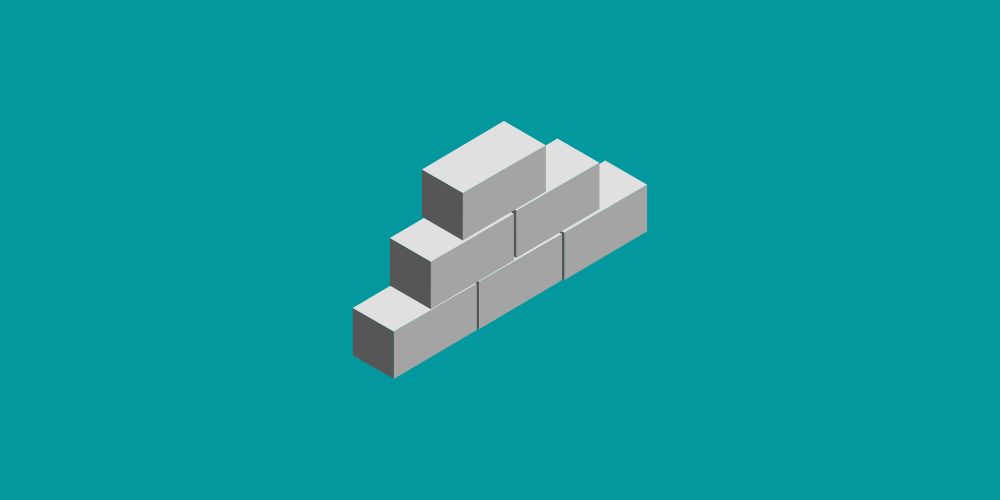If you’ve ever seen concrete that looks or feels gritty, then you’ve probably seen the effects of hard water. Hard water can cause all sorts of problems for concrete, because the high mineral content in hard water can leave deposits behind when they come into contact with concrete, causing it to appear dingy and gray in places.

Concrete is a construction material that can be used to make everything from driveways and sidewalks to buildings and bridges. When concrete cures, or hardens, it does so through a chemical reaction between the water and cement.
However, not all water is created equal. “Hard water” contains high levels of minerals like magnesium and calcium, which can have an adverse effect on concrete.
If left untreated, hard water deposits can damage the concrete’s surface, making it appear dull and gray.
Let’s take a closer look at how hard water can impact your concrete projects—and what you can do to mitigate those effects.
The Drying Process of Concrete
When water evaporates from concrete, it leaves behind the minerals that were dissolved in it. If the water that was used to mix the concrete contained a high concentration of minerals, then those minerals will be left behind on the surface of the cured concrete in the form of a white powdery substance called efflorescence.
While efflorescence itself isn’t harmful to concrete, it can be unsightly – and it’s a sign that the process of hydration wasn’t able to occur as efficiently as it could have.
In extreme cases, hard water can even cause cracking in concrete as it dries.
This is because the high mineral content prevents the evaporation process from occurring evenly across the entire surface area of the concrete. As a result, some areas will dry faster than others, causing cracking and other forms of damage.
The curing process is an essential part of ensuring that your concrete is strong and durable. If Efflorescence or cracking occurs, it weakens the finished product.
Impact on Concrete Strength
In addition to impacting the drying and curing processes, hard water can also have an adverse effect on the strength of cured concrete. This is because hard water causes what’s known as “lime scaling”.
Lime scaling is when the minerals in hard water deposits themselves onto surfaces like pipes and fixtures—or in this case, inside the pores of hardened concrete. Over time, this scaling can build up and cause serious deterioration.
If you’re using ready-mixed concrete that was made with hard water, you may not notice any effects right away. However, once lime scaling has had a chance to build up inside the pores of your concrete, it will begin to weaken it – sometimes to such an extent that projects need to be completely torn out and rebuilt from scratch.
Not only is this extremely costly, but it also creates a significant amount of waste material that ends up in landfills.
How to Prevent Hard Water Damage
The good news is that there are ways you can prevent or reduce the impact that hard water has on your concrete projects:
- Use distilled or deionized water instead of tap water when mixing your own concrete
- Specify that you want “low-lime” or “no-lime” ready-mixed concrete from your supplier
- Ask your supplier if they use softened water when making their ready-mixed concrete
- Cover newly placed and curing concrete with plastic sheeting to prevent evaporation
- Cure newly placed concrete with a wet burlap sack rather than power hosing
- Allow time for proper curing – this means waiting at least two weeks before sealing or painting your concrete project.
- You can also have your concrete sealed by a professional. When done correctly, sealing concrete helps minimize the effect of efflorescence and other mineral deposits – as well as making it easier to maintain.
If you suspect that your existing concrete may have been damaged by hard water deposits, it is important to take action as soon as possible. This can involve repairing or replacing any damaged areas of concrete, and taking steps to prevent further damage in the future.
Final Thoughts
Hard water can have a number of adverse effects on both newly placed and existing concrete – from preventing proper hydration during curing to causing long-term damage due to lime scale buildup inside the pores of the concrete.
To prevent or reduce these effects, it is important to choose the right water for your concrete projects, and to take steps such as curing new concrete properly.
While there’s no way to completely eliminate these risks if you live in an area with hard water, there are steps you can take to minimize them. With the right precautions, your concrete can be strong and durable for years to come.

